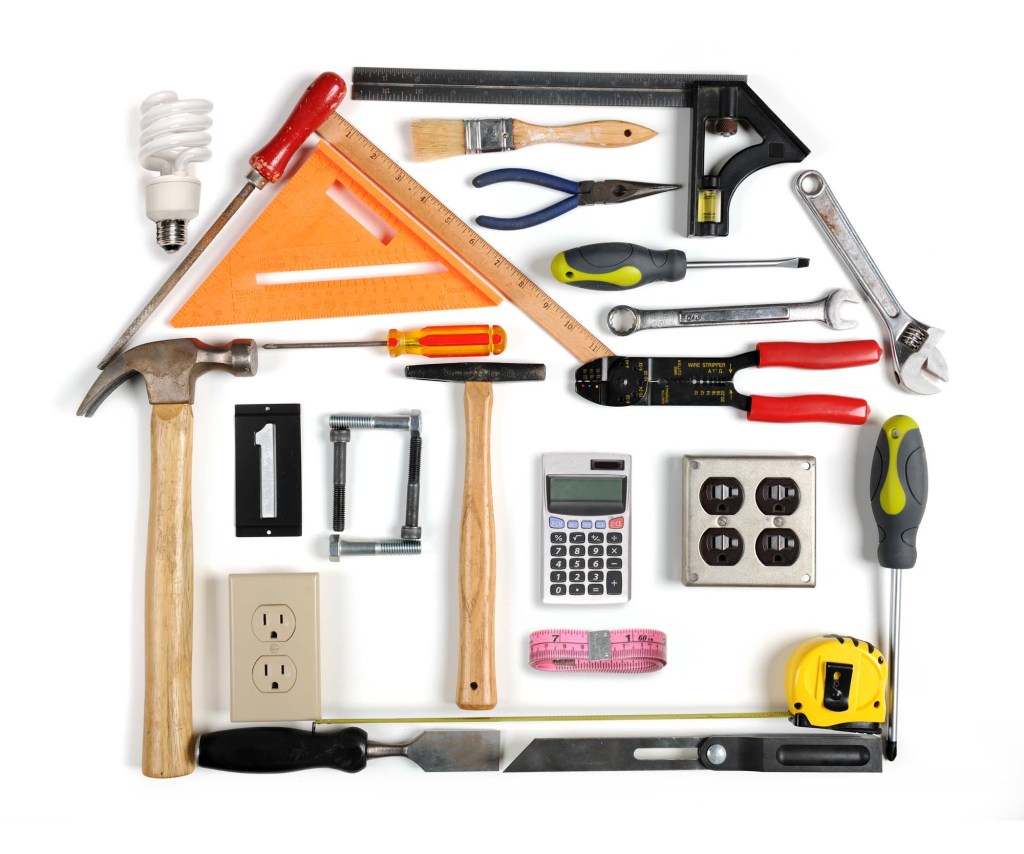When Nick Blue of Blue Sky Homes, a builder and developer in Phoenix, decided to focus on “future-proofing” his company’s homes and increasing their energy efficiency, his first step was to get a Home Energy Rating System (HERS) score.
At the time, the company was simply building to code and the HERS score it received reflected that. After working with a HERS rater as well as a third-party energy auditor on improvements such as passive solar orientation, spray-foam insulation, and LED lighting, Blue Sky’s homes are now all Energy Star–certified and have an average HERS score under 50.
Today, nearly one out of every four new homes built in the U.S. is HERS rated, and those homes are produced by both small custom builders and large production builders. Initially developed in 1995, HERS is the original energy-efficiency rating system and is well on its way to becoming mainstream. By quantifying a home’s operational carbon footprint, it supplies a critical metric to help move homes toward sustainability.
“You would never buy a car without test-driving it or knowing how many miles per gallon it gets, yet we make the largest investment in our lives without either,” says Sandra Adomatis, a Punta Gorda, Fla.–based appraiser and author of Residential Green Valuation Tools. “HERS is helping to move the public to a low-carbon residential market.”
While getting a HERS rating is voluntary, the third-party-verified program dovetails nicely with increasingly tough energy code requirements. Fifteen states accept HERS scores that meet Energy Rating Index targets as a performance path to code compliance, in lieu of the traditional prescriptive approach.
Reaching a certain HERS score is also a prerequisite for Energy Star compliance for homes, so HERS is a way to test the waters before plunging into Energy Star, Zero Energy Ready, LEED, Passive House, or other green building programs. The rating system now covers low-rise and high-rise multifamily buildings, and the nonprofit Residential Energy Services Network (RESNET) has released a complementary water-efficiency rating, HERS H2O.
HERS came from professionals in the financial industry, who wanted to determine the utility-bill savings of energy-efficient homes in their mortgage calculations.
A home’s HERS scores show how it compares to a reference home—a 2006 code-built house of the same size, shape, and climate zone—which is scored at a baseline of 100. The lower the score, the better. A home with a HERS score of 110 is 10% more inefficient than the reference home. The average HERS score for homes nationwide is 61, according to RESNET.
This story originally appeared in ProSales’s sister publication Builder.



